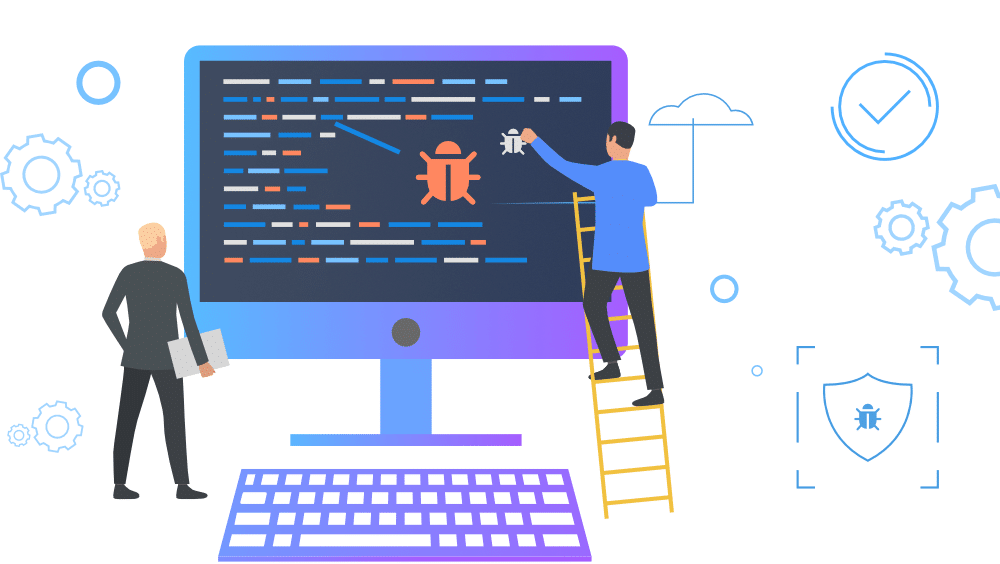Software testing and debugging are crucial steps in the software development life cycle. They ensure that the software works correctly and meets the requirements of the end users. However, testing and debugging can be time-consuming and challenging, and mistakes can be costly. Therefore, it’s important to follow best practices that can help streamline the process and improve the effectiveness of testing and debugging. In this article, we’ll discuss the 5 best practices for software testing and debugging.
Contents
1. Write test cases
One of the most necessary elements of software testing is writing test cases that cover all possible scenarios. Test cases help ensure that the software meets the requirements and works as expected. Writing test cases can be time-consuming, but it’s essential for effective software testing. To streamline the process, it’s recommended to automate the tests. Automation can be utilized to save precious hours and reduce the possibility of mistakes that can happen in manual testing. Additionally, automated tests can be run continuously, ensuring that the software works as expected with every change made.
2. Use debugging tools and techniques

Debugging is the procedure of discovering and fixing bugs in the code. It’s a challenging process that requires patience and persistence. However, utilizing debugging tools and techniques can make the process more manageable and effective. There are many debugging tools available, such as debuggers, profilers, and memory analyzers. These tools help developers identify the source of the problem and fix it efficiently. Additionally, using techniques such as logging and tracing can provide valuable information about the software’s behavior, making it easier to identify and fix issues.
3. Implement continuous testing
Continuous testing is the practice of testing the software continuously throughout the development process. It ensures that the software works as expected with every change made. To implement continuous testing, developers should integrate testing into their development process, automate tests, and use tools that support continuous testing. Continuous testing can help catch issues early on, reducing the likelihood of errors that can be costly and time-consuming to fix.
4. Utilize peer code review
Peer code review is the process of having other developers review the code to identify issues and provide feedback. It’s an effective way to catch errors and improve the quality of the code. Peer code review helps ensure that the code meets coding standards, is maintainable, and works as expected. It can also improve communication and collaboration between team members, leading to a more effective development process.
5. Perform root cause analysis
Root cause analysis is the process of identifying the underlying cause of a problem. It’s essential for effective debugging and helps prevent similar issues from occurring in the future. When performing root cause analysis, developers should investigate the problem thoroughly, gather data, and analyze the data to identify the root cause. Once the root cause is identified, developers can fix the problem and take steps to prevent similar issues from occurring in the future.
The Takeaway
In conclusion, software testing and debugging are critical steps in the software development life cycle. To ensure that the software works correctly and meets the requirements of the end users, it’s essential to follow best practices for testing and debugging. The five best practices discussed in this article – writing test cases and automating them, using debugging tools and techniques, implementing continuous testing, utilizing peer code review, and performing root cause analysis – can help streamline the process, reduce errors, and improve the effectiveness of testing and debugging.


